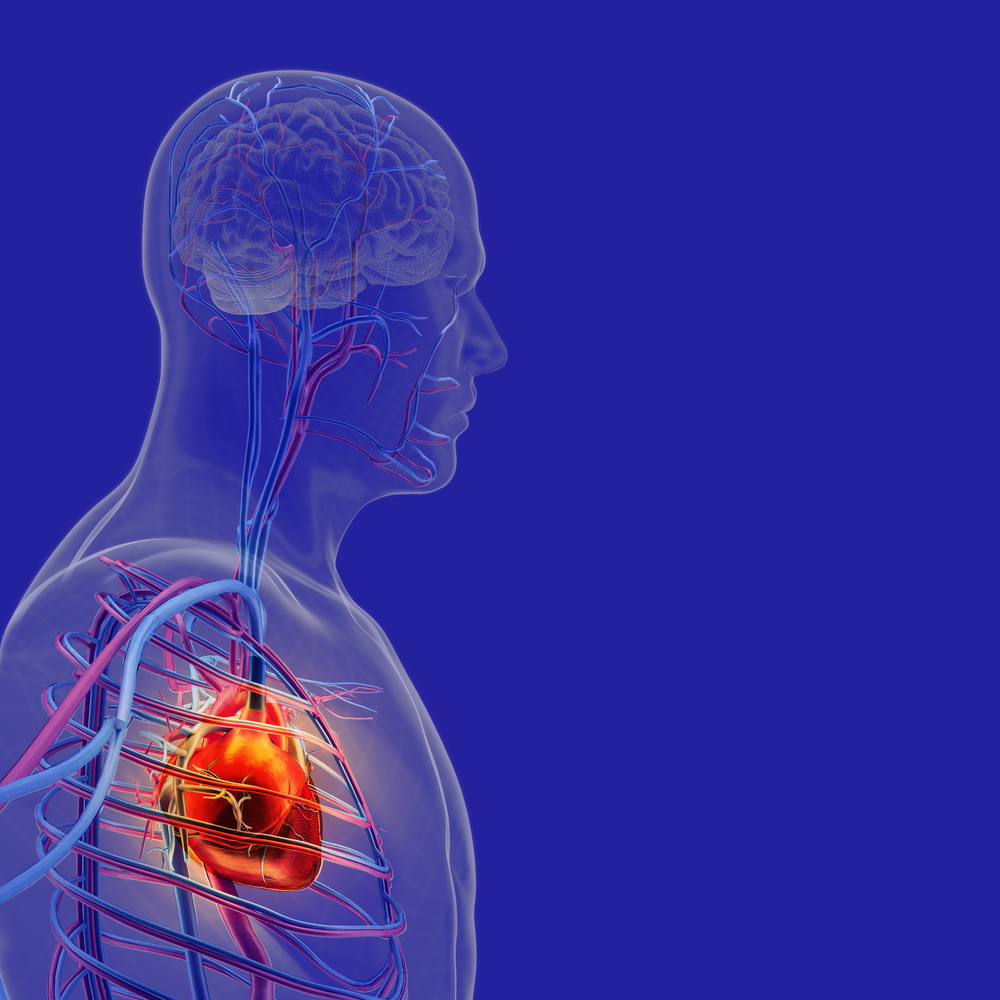SCMR Promotes Heart MRIs During National Sarcoidosis Awareness Month

During April, National Sarcoidosis Awareness Month, the Society for Cardiovascular Magnetic Resonance (SCMR) is promoting the use of cardiac imaging to non-invasively assess changes in patients’ heart tissue and overall cardiac function.
Sarcoidosis is marked by an overreactive immune system and the resulting formation of small clumps of inflammatory cells, called granulomas, in various tissues and organs — often including the heart — potentially affecting their function. Cardiac sarcoidosis may lead to an irregular heartbeat (arrhythmia) and heart failure.
Typically, diagnostic tests for sarcoidosis involve electrocardiograms, echocardiography, and endomyocardial biopsy (the collection of tissue from the endocardium, the innermost layer of the heart). But cardiac magnetic resonance imaging (MRI) — a painless, radiation-free imaging test that uses radio waves, magnets, and a computer to create films and detailed heart pictures — can assess the heart tissue in a non-invasive way.
“The ability to non-invasively assess changes in the heart tissue while at the same time assessing overall cardiac function is a major advantage in the diagnosis and care of cardiac sarcoidosis,” Jennifer Jordan, PhD, SCMR member, said a news release. “We now have many MRI-conditional devices that allow patients who have cardiac sarcoidosis and an implanted device to undergo cardiac MRI for either clinical care or research.”
Cardiac MRI offers detailed images of the cardiovascular system. The technique can confirm cardiac involvement, assess inflammation and response to treatment, and monitor the heart’s left ventricular function.
Cardiac MRI also is feasible to perform in anyone, from newborns to adults, after evaluation by a physician or heart specialist.
A 2017 study found that such imaging techniques, also referred to as cardiac magnetic resonance (CMR), can markedly improve the diagnosis of cardiac sarcoidosis and accurately predict the risk of future life-threatening cardiac episodes.
The SCMR represents and advocates for 2,600 physicians, researchers, and technologists who work in the field of cardiovascular magnetic resonance. It aims to further develop such imaging techniques through education, quality control, research, and training.
With this initiative, the SCMR hopes to raise awareness of sarcoidosis, in particular for the diagnosis of cardiac sarcoidosis.
Sarcoidosis is estimated to affect about 200,000 people in the U.S., and cardiac sarcoidosis is reported in about 5-50% of sarcoidosis patients.






